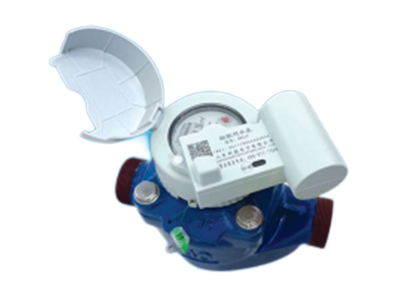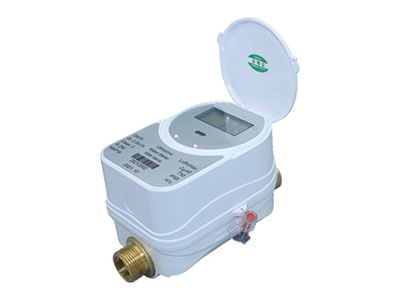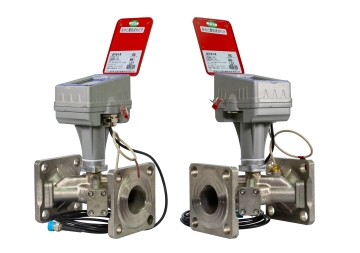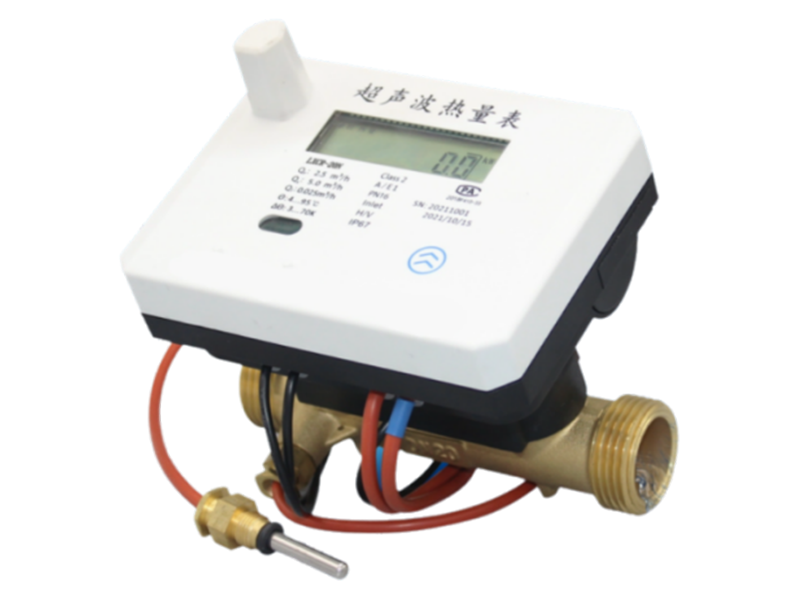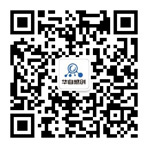Product Center
Contact Us
Mobile: Mr. Zhou +86-18900715600
Telephone: +86-731-88238888
Hotline: +86-400 0586 896
Email: hzgc@cshnac.com
Address: No. 609, Lusong Road, Lugu, High-tech Zone, Changsha, Hunan Province, China


Share to
LXCR Series Ultrasonic Heat Meter
Category:
Water Metering Devices
Keywords:
Product Details
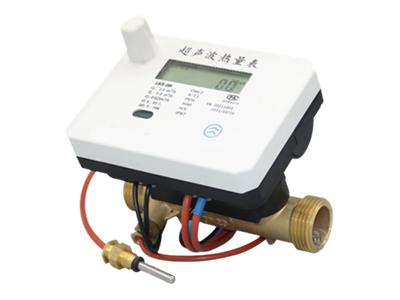 |
 |
Application Scenarios:
Heating System: Can be used for residential heating metering and industrial heating, helping to achieve heating metering and charging management, and promoting the renovation of old urban heating networks.
Air Conditioning System: Used for metering air conditioning cooling or heating; please inform the manufacturer in advance.
Hot and Cold Water Metering: Can measure the heat released or absorbed by a water-mediated heat exchange system, and can also be used for combined heating and cooling systems.
Industrial Production: Applied in some industrial production processes that require precise measurement of fluid heat.
Features:
Product applied to heating metering
Pipe Material: Copper
Ultrasonic metering, no mechanical wear and tear, excellent reliability and stability
Accuracy Grade: Grade 2
Range Ratio: R50/R100
Temperature Range: (5~95)℃
Temperature Difference Range: (2~90)K
Compliant Standards: GB/T 32224/EN1434
Diverse Communication Interfaces: MBUS, RS485, Pulse, LoRaWan, NB-IoT, Zigbee
Product Parameters
| Performance | Parameters | |||
| Nominal Diameter | Minimum Flow Rate |
Common Flow Rate |
Maximum Flow Rate |
Body Length |
| qmin(m3/h) |
q。(m³/h) |
qma(m3/h) |
mm |
|
|
DN15 |
0.012 |
0.6 |
1.2 |
110 |
| 0.015 |
1.5 |
3 |
||
| 0.03 |
1.5 |
3 |
||
| DN20 | 0.025 |
2.5 |
5 |
130 |
| 0.05 |
2.5 |
5 |
||
| DN25 | 0.035 |
3.5 |
7 |
160 |
| 0.07 |
3.5 |
7 |
||
| DN32 | 0.12 |
6 |
12 |
180 |
| DN40 | 0.2 |
10 |
20 |
200 |
| Accuracy Grade | Grade 2 | |||
| Connection Method | DN20-DN40 are threaded connections | |||
| Pressure Loss | ≤0.02MPa | |||
| Maximum Working Pressure | 1.6MPa | |||
| Temperature Sensor | 1.5m standard two-wire PT1000 matched temperature sensor (cable length can be customized) | |||
| Data Storage | Continuously stores the historical records of the previous 18 months. | |||
|
Power Failure Protection |
After a power failure, it can save the heat, cumulative flow, and corresponding time recorded before the power failure. After the power is restored, the metering function is automatically restored, and the time during the power failure is ensured to continue. |
|||
| Remote Transmission Method | Infrared, MBUS/RS-485, Pulse | |||
| Power Supply | Built-in high-energy lithium battery | |||
| Protection Grade | IP65/IP67 | |||
| Environmental Grade | Class A | |||
| Temperature Range | (4~95)℃ | |||
| Temperature Difference Range | (2~90)K | |||
| Installation Method | Inlet or return water (inlet by default, return water installation needs to be specified when ordering) | |||
| Installation Position | Horizontal or vertical | |||
| Durability | Service life ≥6 years | |||
| Display | 8-digit LCD display | |||
| Anti-magnetic Interference | When subjected to magnetic field interference with an intensity of no more than 100kA/m, it should not affect the metering and remote transmission characteristics of the heat meter | |||
Hot Products
Get a Free Quote
Note: Please leave your contact information, and our professionals will contact you as soon as possible!



